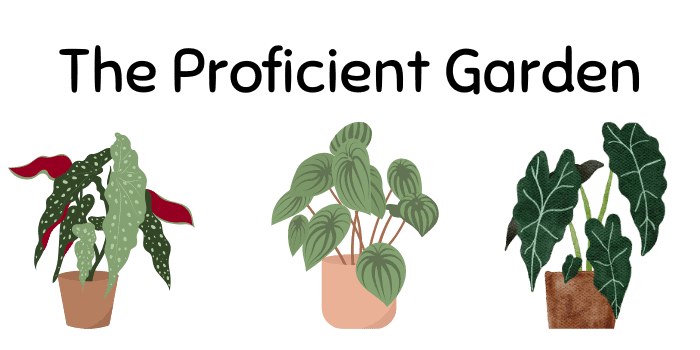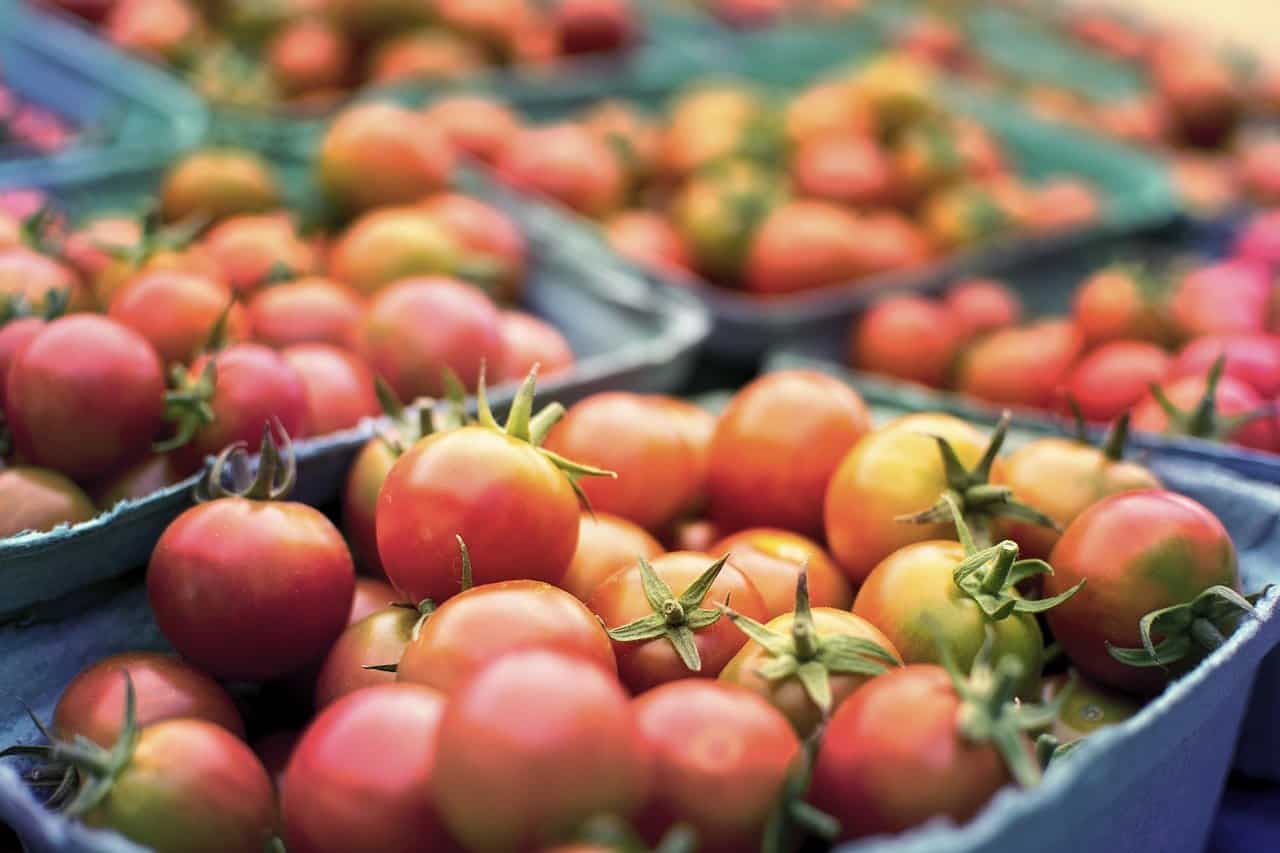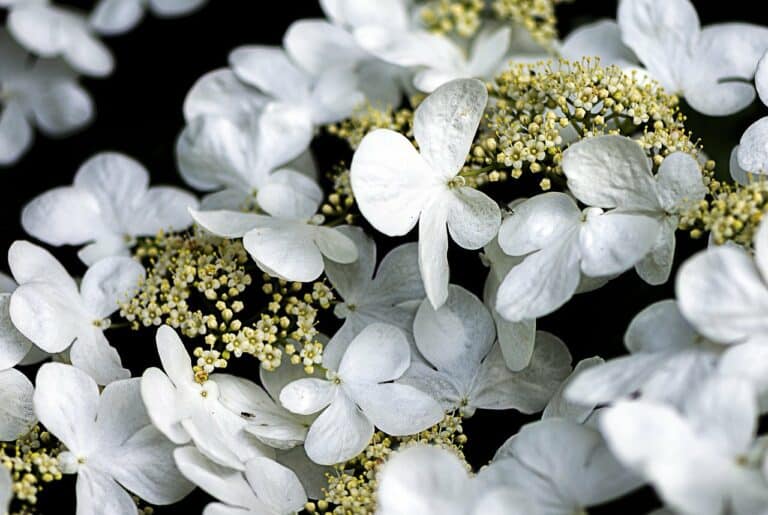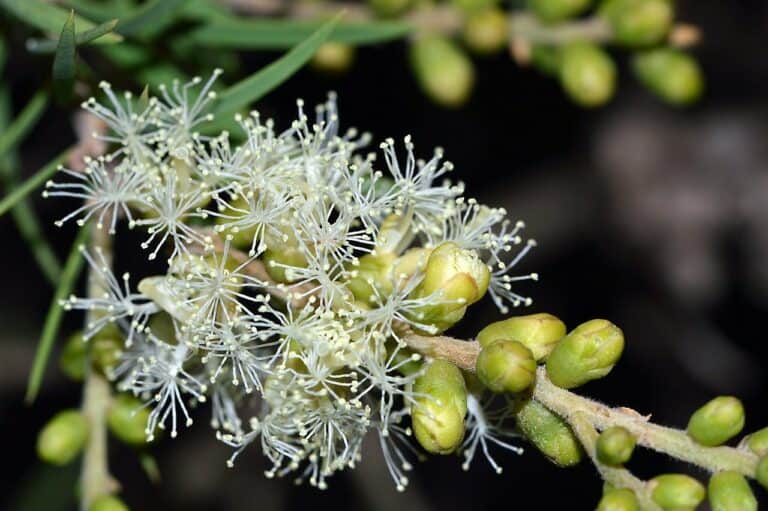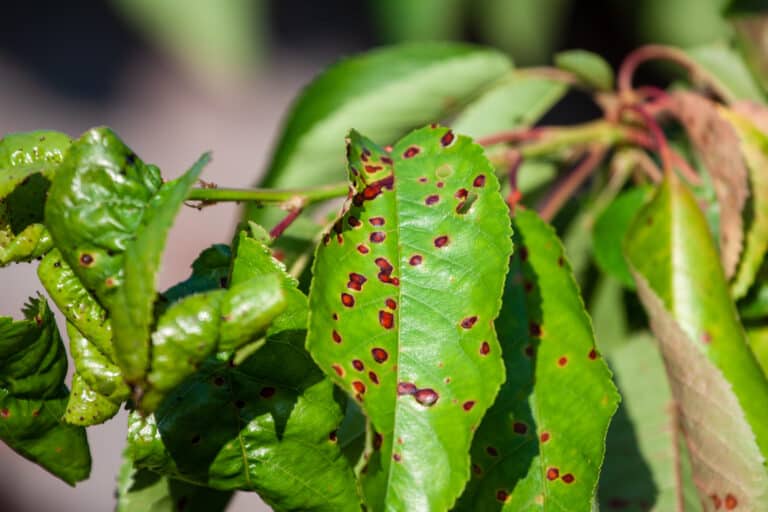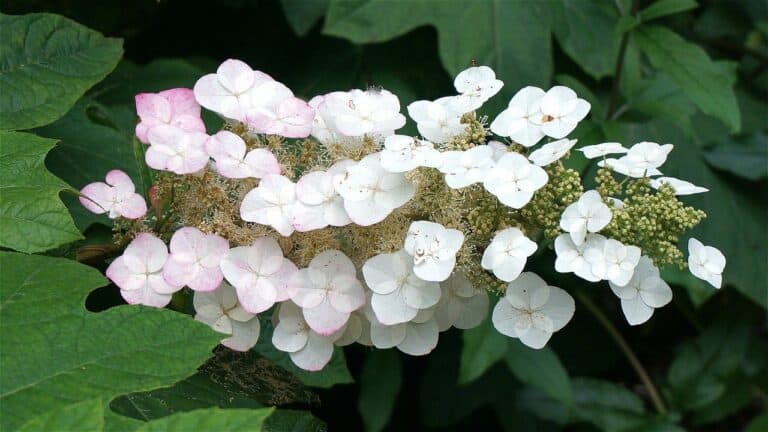Table of Contents
How to Start a Sustainable Home Garden
Gardening, mainly organic, sustainable home gardening, offers incredible benefits for your healthy eating habits and environment. Even though it is the initial commitment of time and cash, it doesn’t take too much time to begin seeing positive results! The effort and perseverance required to create a thriving garden will pay off in huge ways. When you work the soil, plant seeds, and take care of the plant life, you’re doing your body as well as the environment and favor.
Changing your lifestyle in the first few days isn’t necessary if you’re looking to start gardening in an environmentally sustainable manner. These tips can grow from a direct first experience to an experienced home gardener.
Sustainable home Garden Benefits
- Gardening is a fantastic method to boost your mental and physical health. The act of planting, watering, mulching and feeding can get you outdoors in some fresh air. In addition, they directly affect your internal mood and reduce your stress level.
- Plants build robust root systems as they grow. This assists in keeping the soil in place and decreases erosion and runoff.
Sustainable Home Garden Plan
If you’ve never had an outdoor space before, it’s easy to begin your journey towards creating your sustainable home garden. Follow these steps to establish a sustainable backyard garden in your own home.
First Thing First is education: Find out which vegetables are most easy to grow and can be planted in a group for optimal outcomes. Then, learn how to make the most of the space you have with the raised bed, vertical spaces, and intensive planters. You’ll be amazed by the number of plants you can put in within the smallest area.
2nd Thing Soil: However, you will only get an adequate yield if the soil’s healthy. Natural fertilizers and organic soil amendments can improve your soil’s health without adding chemicals. Find out what options are available in your region and select products with the most negligible impact on the environment.
3rd Thing Environment: The plant you plant can also impact the ecosystem. Select plants that thrive in your region, including ornamentals like grasses, shrubs, and flowers. They attract nature like Bees, butterflies, and natural pollinators and use the lowest equipment.
4th Thing Seeds: Buy heirloom seeds as often as you can. You can save seeds you harvest to plant later instead of buying seeds. Also, keep any compostable organic matter when you’re tending to your garden and maintaining your lawn during the seasons.
5th Thing Watering: To decrease the number of water plants require to flourish, store moisture in the soil with natural mulches like hay. Install a rain barrel that acts as a reservoir for water, and then use low-water options such as drip hoses instead of spraying the garden using the water hose.
6th Thing Fertilizer: This could include leaves, grass clippings, vegetable and fruit scraps, and coffee grounds. Make a compost heap or bin and continue making additions to it over time to make your nutritious fertilizer.
Note: If you require help in your garden’s sustainability in the spring and summer months, Find local gardening classes or clubs where you can ask questions and get advice from knowledgeable gardeners.
Get Creative, But Be Patient!
You are the most competent person to create the eco-friendly garden of your desires. If you choose to hire a skilled landscaping professional to assist you, do not hesitate to explore your creativity. Using your imagination when designing your garden can save you money on manufactured elements to your garden. It is also possible to create an aesthetic that is individual to you.
The amount of time needed to complete the work will depend on the yard’s design and its complexity. For more significant projects, it can take months. Do not rush the process since it will be evident in the end. The method of creating a sustainable home garden is a time to unwind. Relax and relax as you go through the steps one at a time.
It is possible to design your ideal garden with effort and imagination. This shows the primary garden wall and the attractive chairs built from wireframes.
Reuse Resources
Each resource or material has the energy that is embodied for its creation. Certain materials like landscaping or pots are more environmentally friendly than others, so take your time researching! This chart of comparisons for selecting suitable pots is a great place to begin.
Use local renewable resources when you can, or even grow your own. e.g., bamboo. Think about the possibility of recycling or recycling household objects to put in your garden instead of purchasing new ones. Consider giving old items a new life outside.
Sustainable Home Garden Soil Preparation
Before all else, ensure you begin with a healthy soil rich in nutrients. Prepare your soil by tilling it or making it work to loosen the dirt to a minimum of 12 inches deep. Include 4-inches of well-rotted compost or animal waste compost over the soil and mix it in. After planting, you can add a 2″ layer of straw on top of the soil to keep moisture in and stop the growth of weeds.
The garden’s soil won’t require to be worked following this initial cultivation to create an environmentally sustainable home garden. The plants will decay after the gardening season, enhancing the soil. However, it’s recommended to put some inches of compost manure over the ground when it’s early in spring.
Design pathways for pedestrians who can walk through the garden to not make the soil compact in the growing areas.
Sustainable Home Garden Plant Choices
If you must acquire seeds for plants to begin, make sure you get your most out of them. Start with organic and open-pollinated varieties to save seeds and reduce the necessity to buy the same seeds every year. This is one of the most eco-friendly choices you can make.
Choose plants for a green garden native to your area and need less care throughout their lifespan. Choose plants that offer the most significant benefits for the sustainable garden of your home. Plants that deter insects, improve soil quality, and encourage the growth of plants are cultivated in conjunction with other plants throughout the entire garden. Plant new plants for free from the species that can fit easily within your yard. Make food from leftovers from the kitchen.
So, it is best, to begin with, high-quality seeds and plants to reap an increase in harvest.
You’ll have to lose your lawn (Or A Part of It)
A beautiful, green, and weed-free lawn consumes lots of resources. It is essential to use fertilizer and water for keeping lawns as good as new. It is possible to have eco-friendly landscaping by reducing the area of grass and substituting the grass with easy-care ornamental grasses that are perennial and low-growing shrubs and groundcovers.
Sustainable Home Garden & harvest water
Try to take as much greywater, rainwater, or stormwater as you can. Some easy methods to reuse and save water include:
- showers with buckets;
- rain barrels or rain tanks;
- Swales and
- Porous surfaces such as mulch instead of hard landscaping allow water to absorb in the ground.
By harvesting your water, you help decrease erosion, make more moisture available to support good plant growth, reduce expenses and dependence on the city water supply—the best sustainable home gardening choices.
Organized vs. Random Planting
It is important to note that you could directly plant seeds if a more managed sustainable garden is what you want. Then, the seeds can be harvested and put back in the next season of the park with the same design. For example, beans are planted in the cornstalks while the pumpkins or squashes are sown over the soil’s surface. My garden is more organized, so I prefer to plant seeds in particular areas.
If you do have the space and want your garden to look organic in its development designs, the concept of random reseeding, re-planting, and reseeding might be the best option for you.
How Sustainable Home Garden Reduce waste
A sustainable garden has the goal of generating zero waste. Everything that once lived inside the plant will eventually die and then decompose—recycling and composting all of your kitchen scraps and the garden garbage. Many things from your home can be recycled outdoors. The discarded nutrients can be recycled into the soil to provide new plants.
In addition, try to collect and reuse rainwater in the green garden. It’s healthier for plants and the ecological balance. Create by putting in a composting bin and recycling garden waste or yard waste and food waste. If you’re not able to fit it in to store your food waste, you can donate it to the compost of your neighbor or worm farm and utilize the nutrients that are composted to feed your soil. Learn how to convert this waste into nutritious compost that feeds the ground of your garden.
Mow using an electric or Manual Mower
Lawnmowers powered by gas can pollute the air, and it’s a big problem when you’re cutting your lawn each week during spring. If you’re interested in reducing the carbon footprint of your house, look into manual lawn care equipment or make use of electric mowers, trimmers, mowers, and blowers.
Conclusion
Once your garden plot is established, you can create an ambiance by adding a garden bench or birdbath. It is also possible to incorporate solar lighting and an emerald fountain. It is also possible to include a charming bistro set. You can think about it. Another advantage of landscaping in small spaces is that it doesn’t take much time to set everything up.
